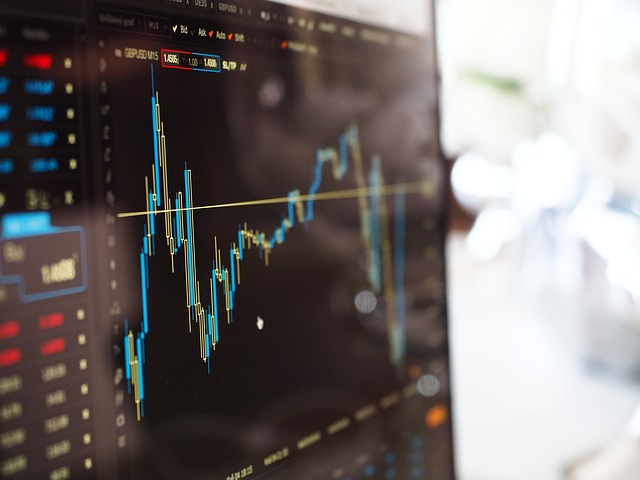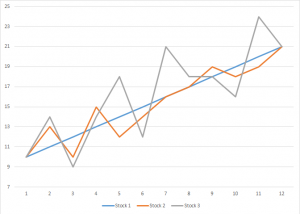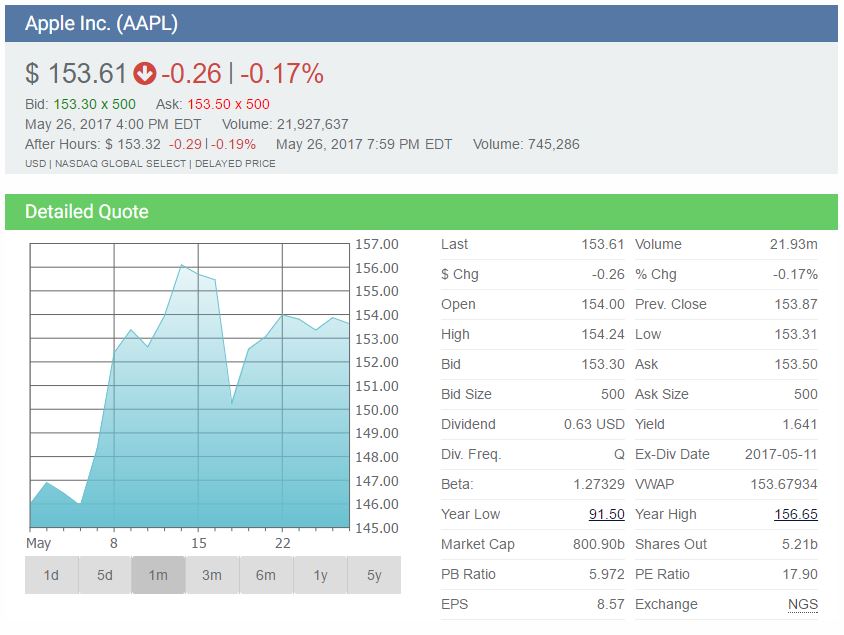Stock and bond prices move up and down every day – sometimes by very large amounts. Movement comes primarily from supply and demand of shares – which in turn is largely driven by information and how investors perceive the companies in the markets.
Stocks are a share of ownership of a company. If you own a stock, you are involved in some of its management decisions, and you are entitled to some of the company’s profits.
Inflation-Indexed Securities are securities with a guarantee of a return rate that is higher than the rate of inflation if it is held to maturity.
The question of when to sell stocks is not easily answered, but this post ventures to give a description of how to know when it’s time to sell!
Stock volatility information can be used in many different ways but here is a quick and easy bit of stock volatility information that you can begin using today.
If you are brand new to investing then take time to understand what you are reading when viewing a Stock Exchange Symbol and learn Stock Market Investing Basics.
Stock prices are a direct result of supply and demand. All the other influences like debt, balance sheets, earnings and so on affect the desirability of owning (or selling) a stock. This article details why supply and demand create changes in stock prices, and what a drop in price means in terms of supply and demand.
Real-life and virtual trading hours for our site (all times Eastern). For example, the US and Canadian Markets open at 9:30 AM ET (GMT-6:00) and close at 4:00 PM ET. Monday to Friday, with exceptions on National Holidays.
What are the differences between investing in Exchange Traded Funds verses stocks? This article will discuss the pros and cons …
This article describes the basics you need to know about stocks, which are shares in ownership of a company. Stocks represents a claim on the company’s assets and earnings.
Dividends are payments made by a corporation to its shareholder members. It is the portion of corporate profits paid out to stockholders. When a corporation earns a profit or surplus, that money can be put to two uses: it can either be re-invested in the business (called retained earnings), or it can be distributed to shareholders. There are two ways to distribute cash to shareholders: share repurchases or dividends. Many corporations retain a portion of their earnings and pay the remainder as a dividend.
Class B Shares are a form of common stock that may have more or less voting rights that Class A shares. Generally Class B shares have lesser voting rights, but be vary of some companies that trick investors by using the perception of Class “B” (compared to “A”) shares to attach more voting rights to them than Class A shares.
Class A Shares are a form of common stock that may have more or less voting rights that Class B shares. Generally Class A shares have more voting rights, but companies sometimes trick investors by using the perception of “Class A” shares to attach fewer voting rights to them than Class B shares.







